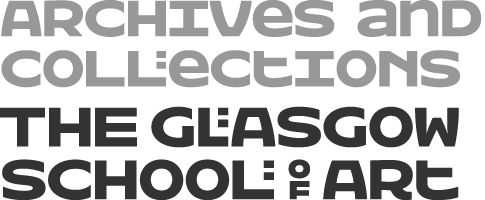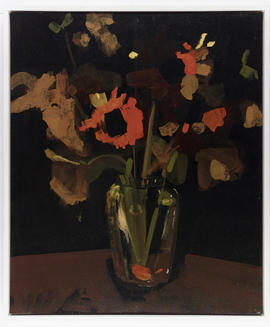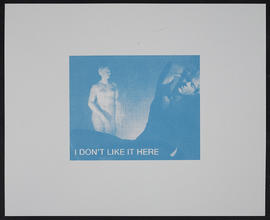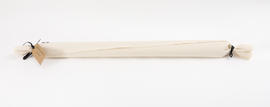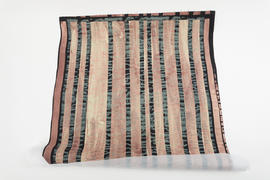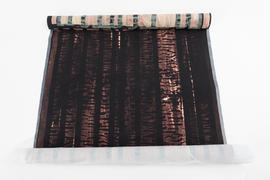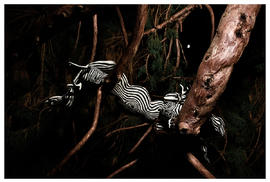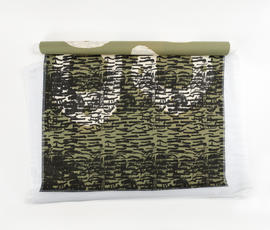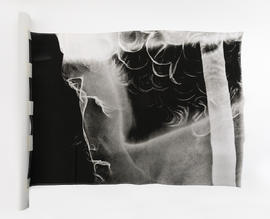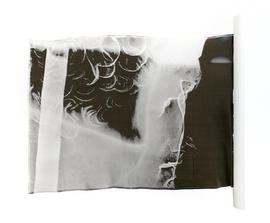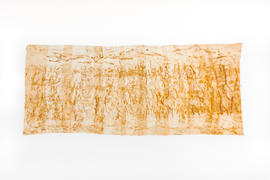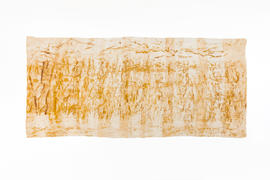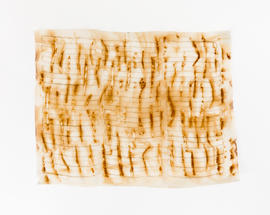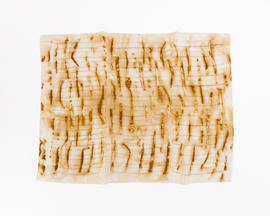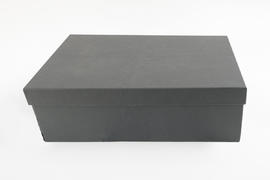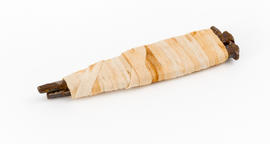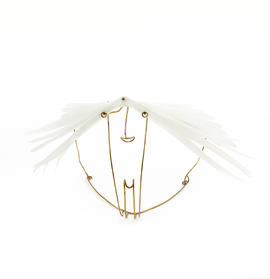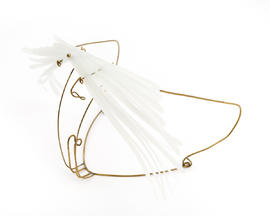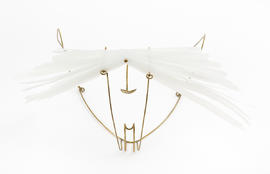The Glasgow School of Art awards a number of prizes each year at both undergraduate and postgraduate graduation:
- The Newbery Prize: Named after The Glasgow School of Art's celebrated director Francis ‘Fra’ Newbery, the award is presented each year to the top student graduating from an undergraduate programme at The Glasgow School of Art.
- Undergraduate Chairman's Medal: Chairman's medals are awarded to the top undergraduate student in each of the Schools at The Glasgow School of Art.
- The Foulis Medal: The Foulis Medal is named in honour of Robert Foulis the printer who together with his brother Andrew established the Academy which has been described as ‘the single most influential factor in the development of eighteenth-century Scottish Art’. The medal is awarded to the top student on a taught Masters programme at The Glasgow School of Art.
- Postgraduate Chairman's Medal: Chair's medals are awarded to the top student on a taught Masters programme in each of the Schools at The Glasgow School of Art.
Other Undergraduate prizes include:
Open Prizes:
- Landscape Drawing Prize
- GSA Prize for Sustainability
- Bram Stoker Award
- Dissertation Prize
- Essay Prize
Mackintosh School of Architecture:
- MSA Stage 4 BArch(Hons) Portfolio Prize
- MSA Stage 4 Diploma Portfolio Prize
- MSA Research Project Prize
School of Design – Silversmithing and Jewellery:
- Richard H Arroll Memorial Prize
- Incorporation of Hammermen
- Incorporation of Bonnetmakers
School of Design – Fashion and Textiles:
- Incorporation of Tailors
- Bill Naysmith Innovation Award
- The Begg X Co Degree Show Preparation Bursary
School of Design – Interior Design:
- James Brough Memorial Prize
- Stakis Prize
School of Design – Communication Design:
- The Kerry Aylin Prize for Distinction in Print
Innovation School:
- Innovation Design Prize
- Innovation Design Research Prize
- Innovation Design Collaborative Practice Prize
- Ecological Innovation
School of Fine Art:
- Steven Campbell Hunt Medal
- Critical Theory Prize
School of Fine Art – Painting:
- The James Nicol McBroom Memorial Prize for Fine Art
- Emmy Sachs Prize
- Armour Prize
- Armour Travel Prize
School of Fine Art – Printmaking:
- Glasgow Print Studio
- Euan Stewart Memorial Prize
- Jon McFarland Prize for Printmaking
School of Fine Art – Sculpture:
- Benno Schotz Prize
School of Fine Art – Fine Art Photography:
- The Alice Duncan Prize
School of Fine Art – Environmental Art:
- The David Harding Public Art Project Prize
